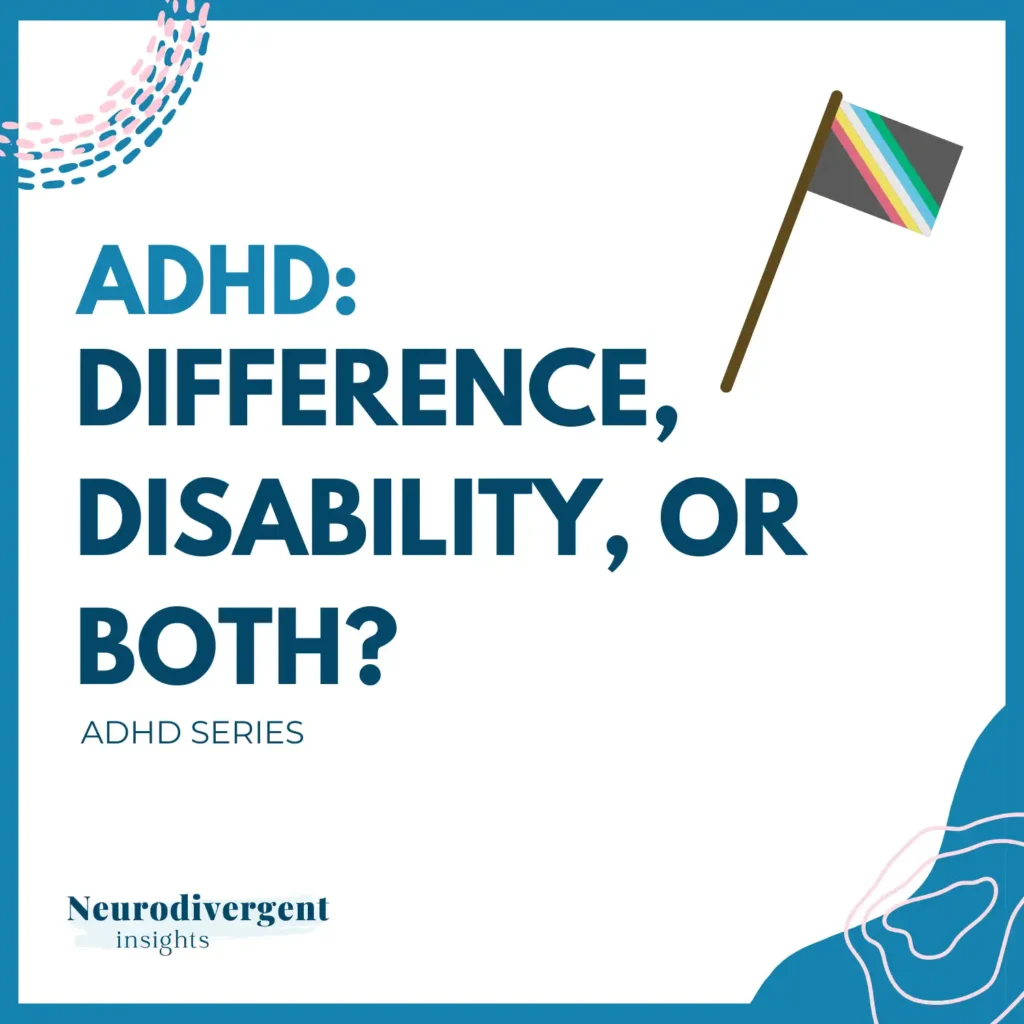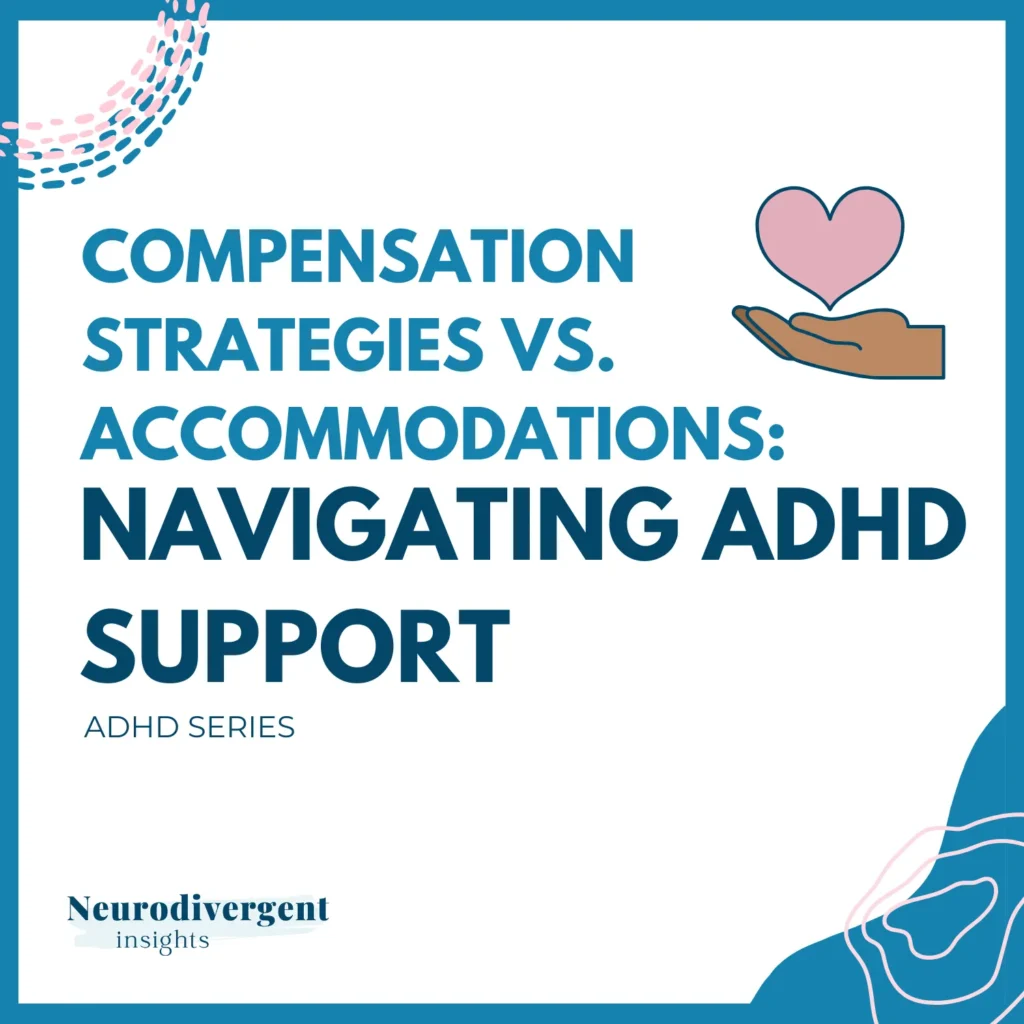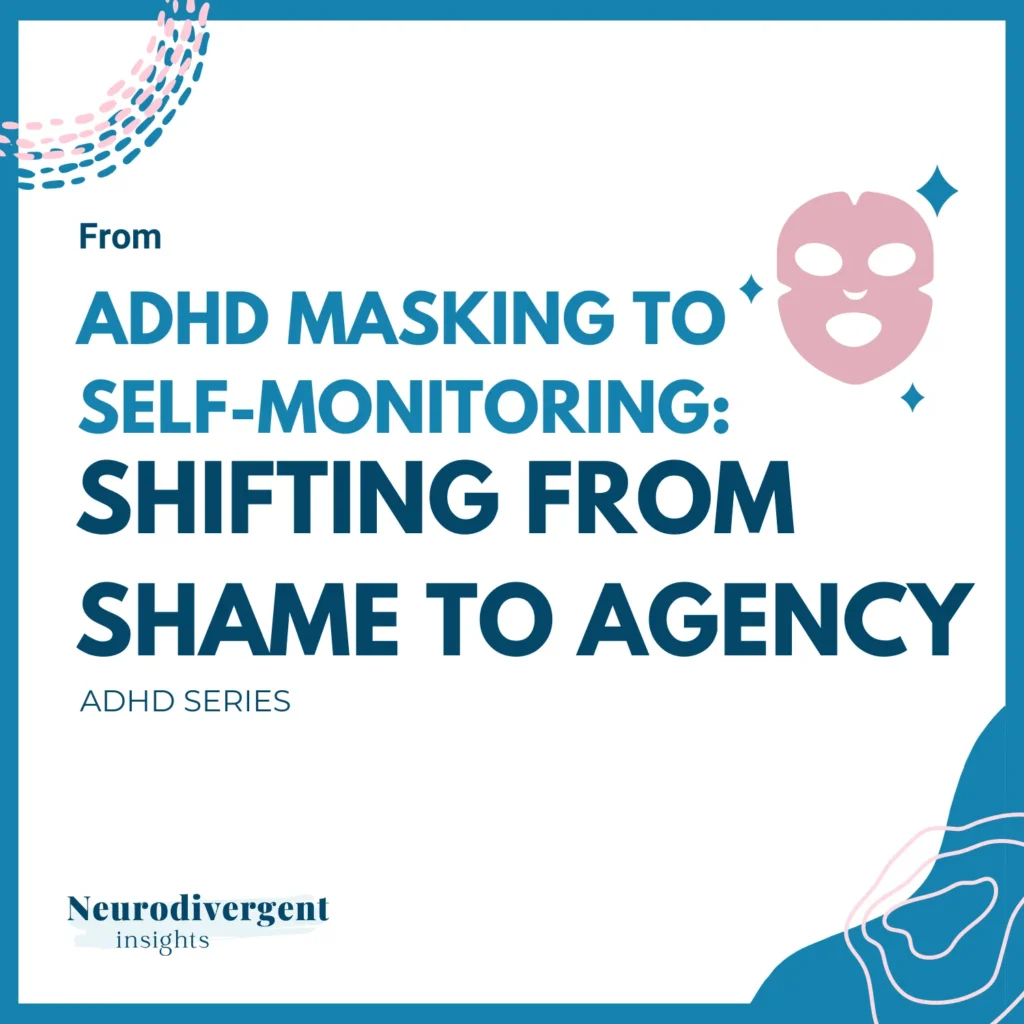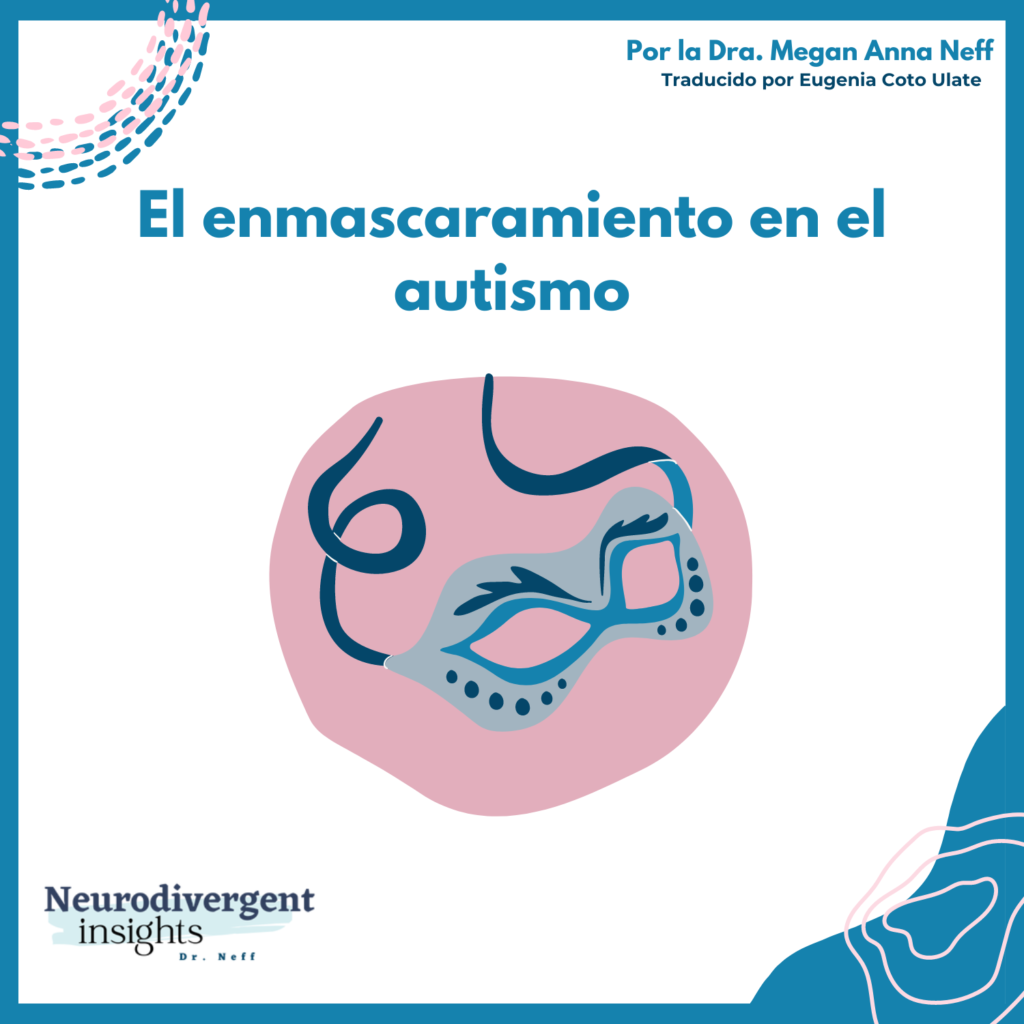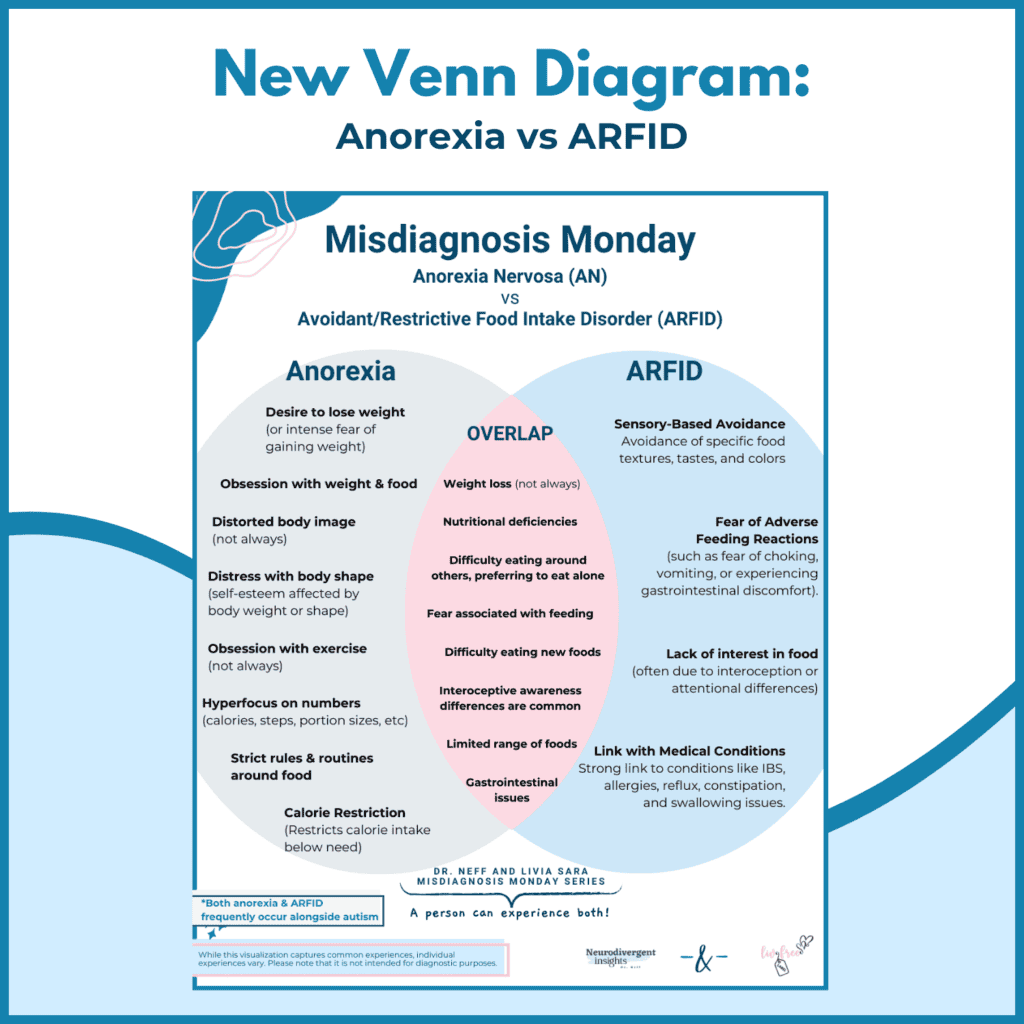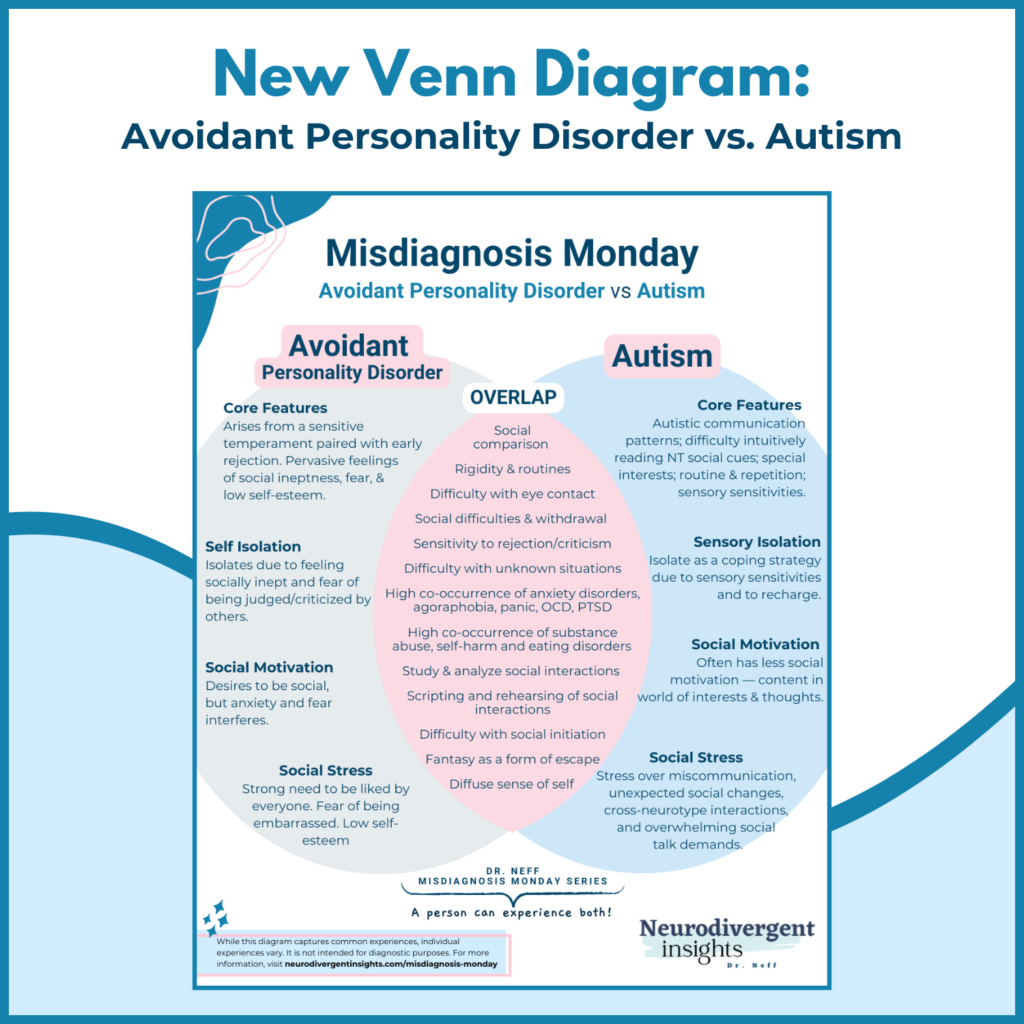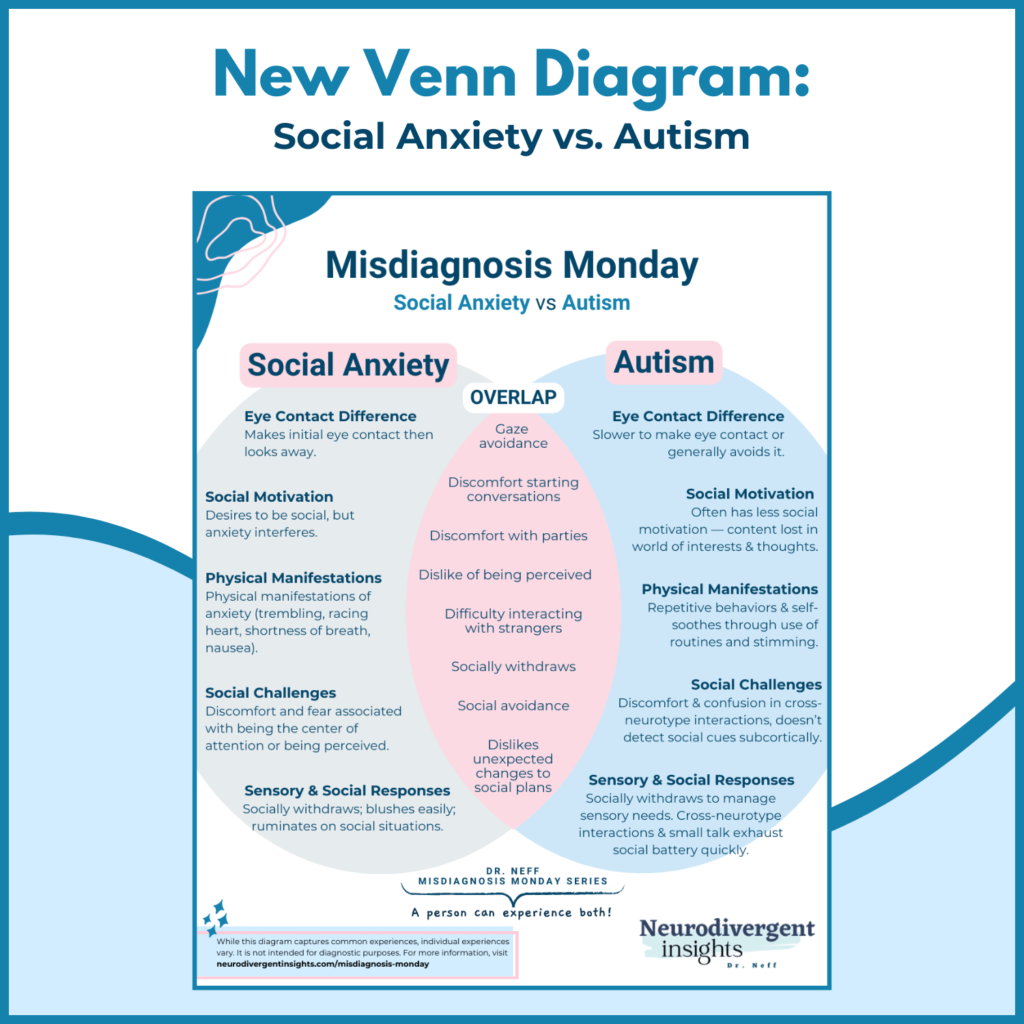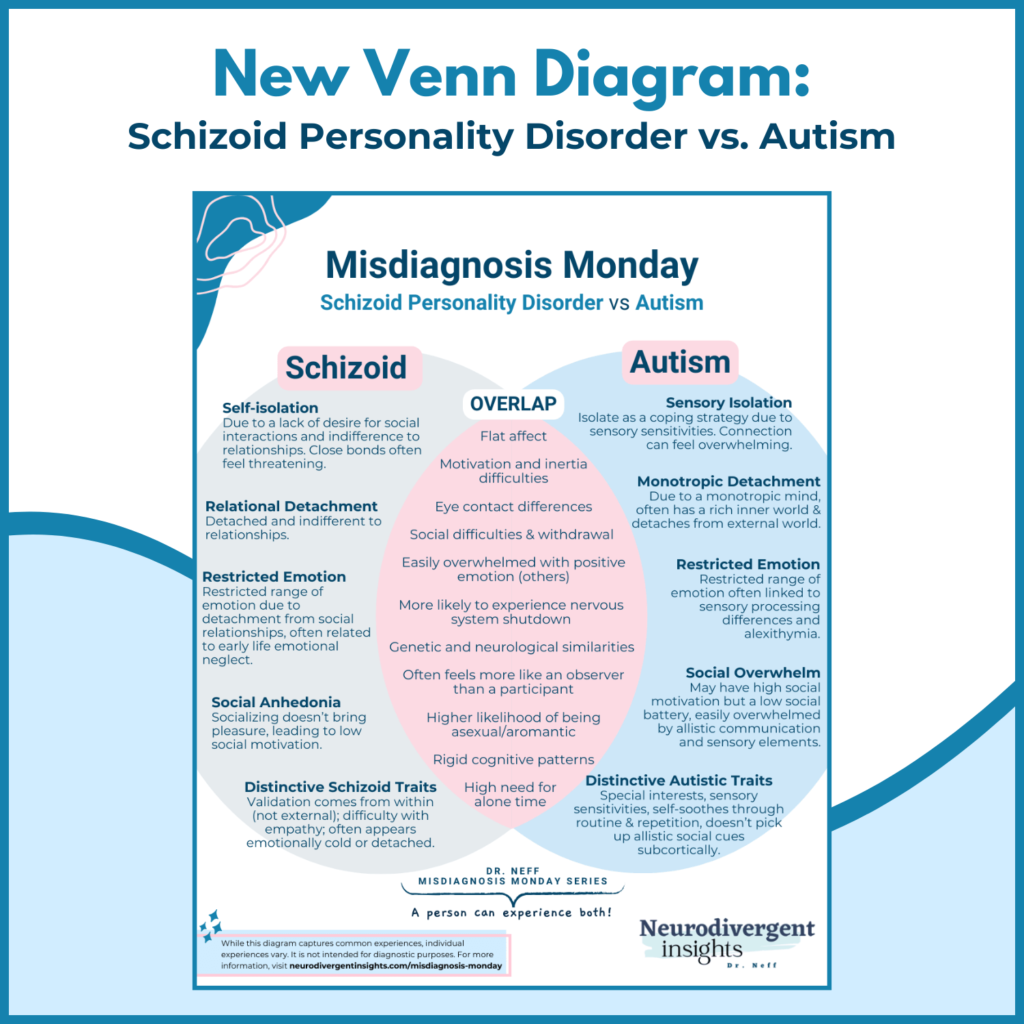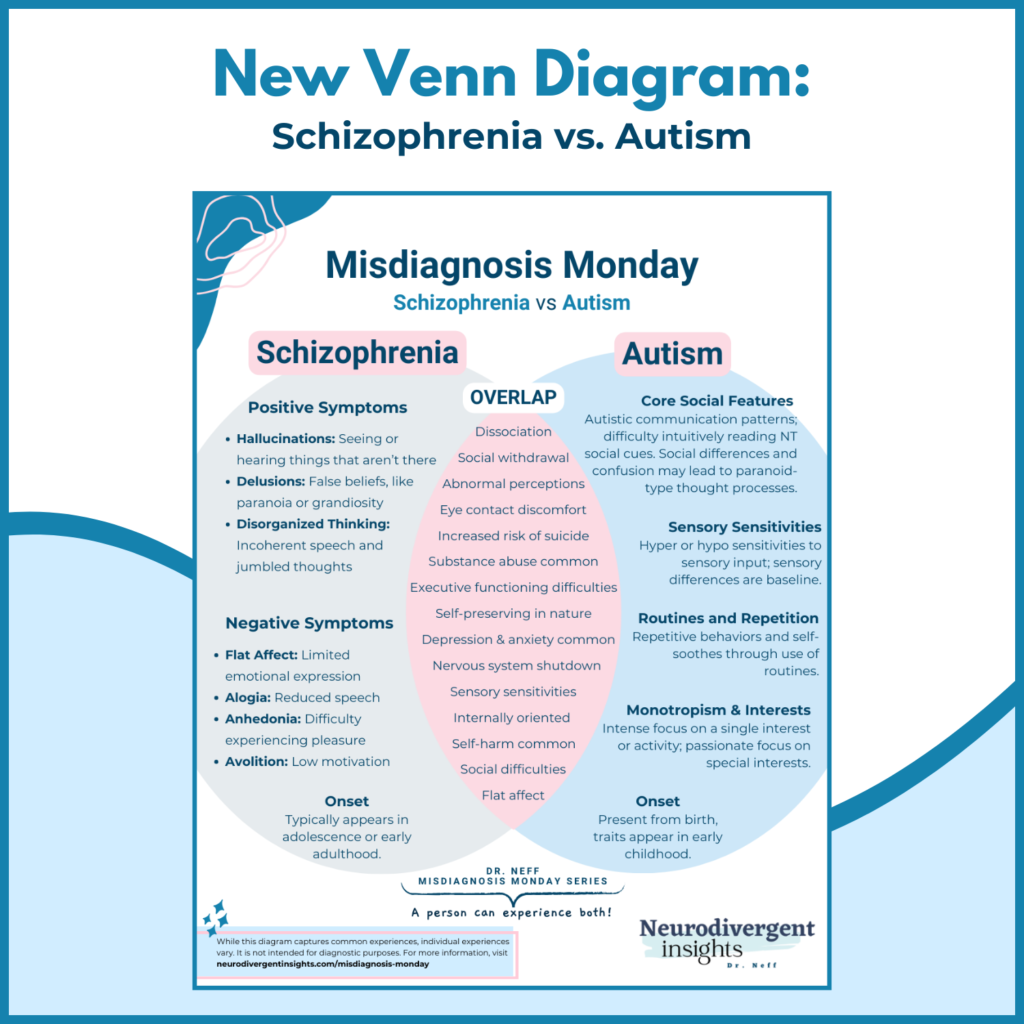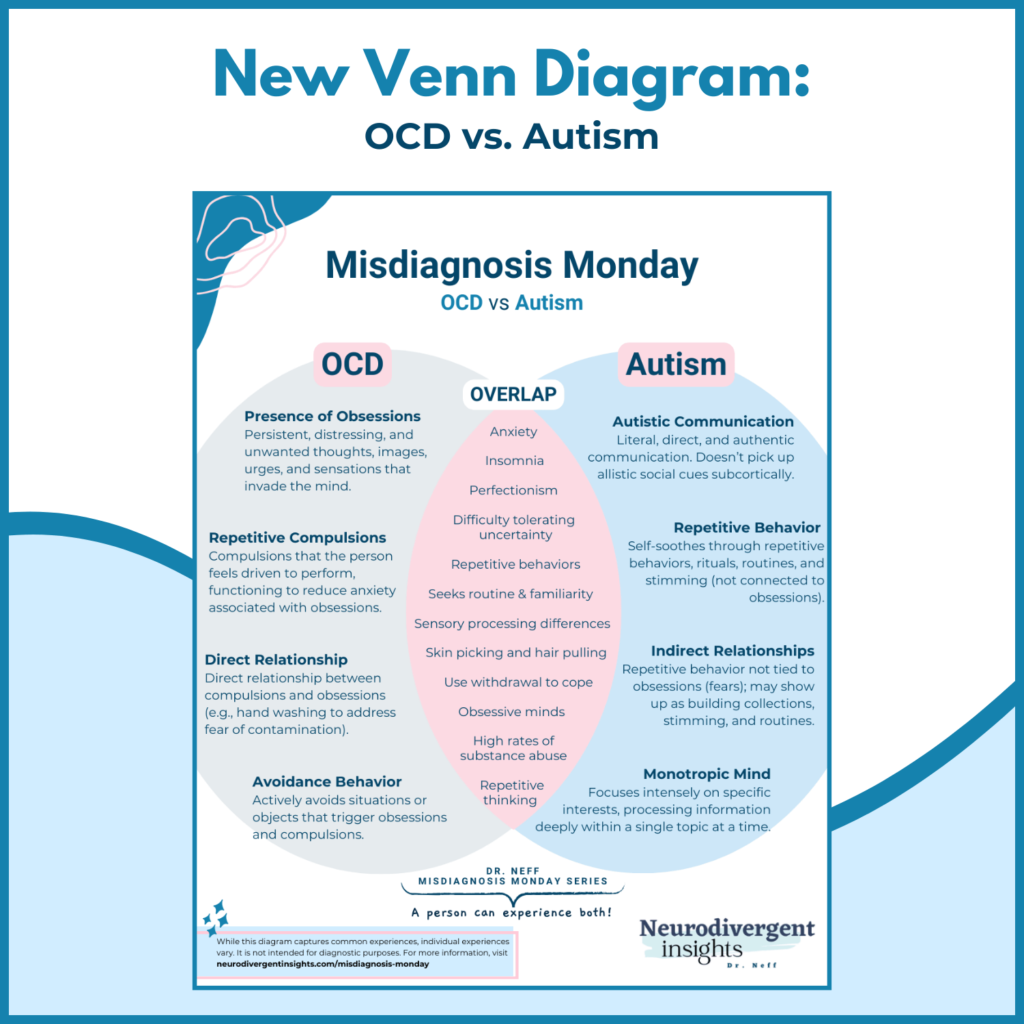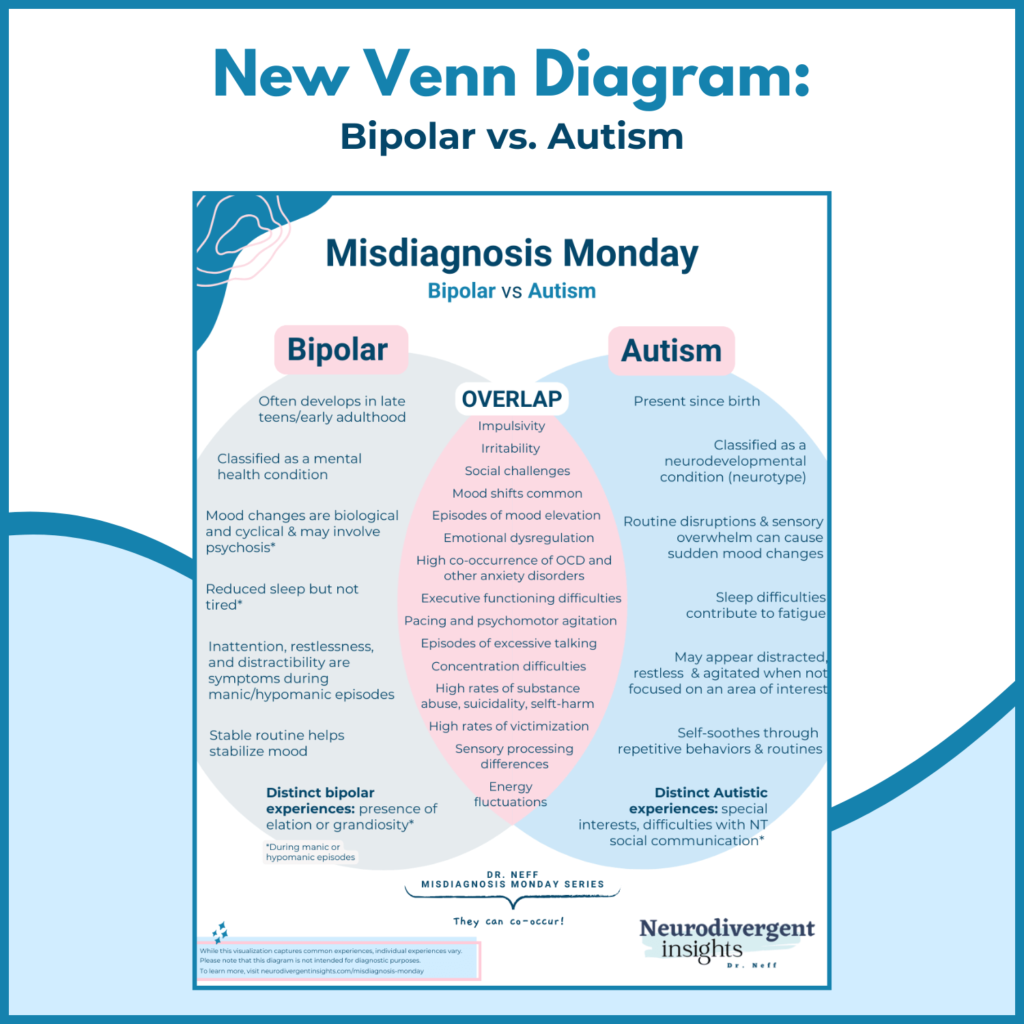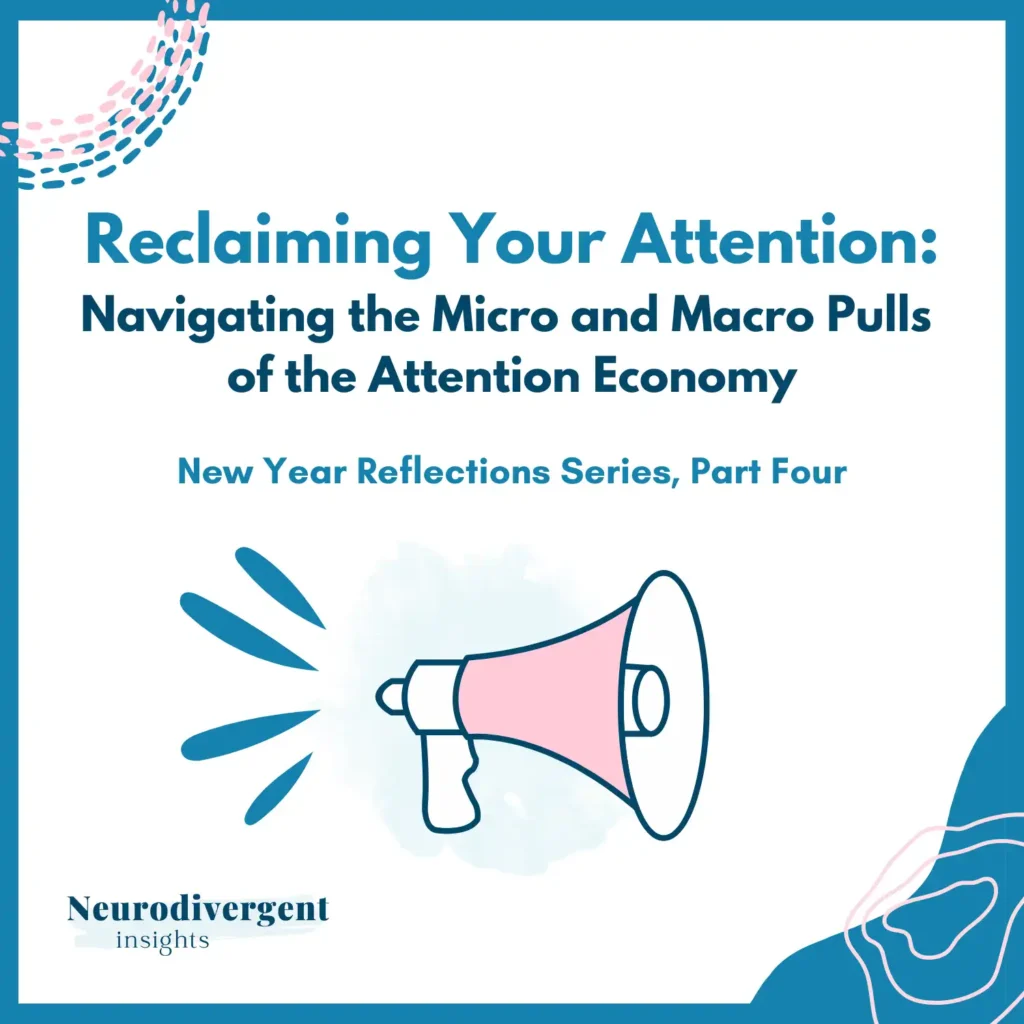
Many surface-level interventions for ADHD start with something like this question: Have you used a planner? Planners, organizational systems, and many other strategies tossed at people with ADHD have one significant problem—the majority of them are based on an importance-based nervous system. These things may get some traction with us while they are new and shiny but quickly fade out. To get traction in helping us move with intention toward our goals, we need to learn to work with our interest-based nervous system, not against it.
In our previous posts, we explored the concept of the interest-based nervous system, how it differs from the more common importance-based system, and the core drivers for ADHD motivation. Today, we’ll dive into practical strategies to harness the power of your interest-based nervous system. By aligning our tasks with what naturally motivates us, we can reduce burnout and increase our sense of agency.
Understanding the Interest-Based Nervous System
An interest-based nervous system is motivated by tasks that are engaging, novel, and enjoyable. Unlike an importance-based system, which prioritizes tasks based on responsibility and external pressures, an interest-based system thrives on personal engagement and curiosity. This difference can make traditional work and school environments challenging for those with ADHD.
Working With Your Interest-Based Nervous System
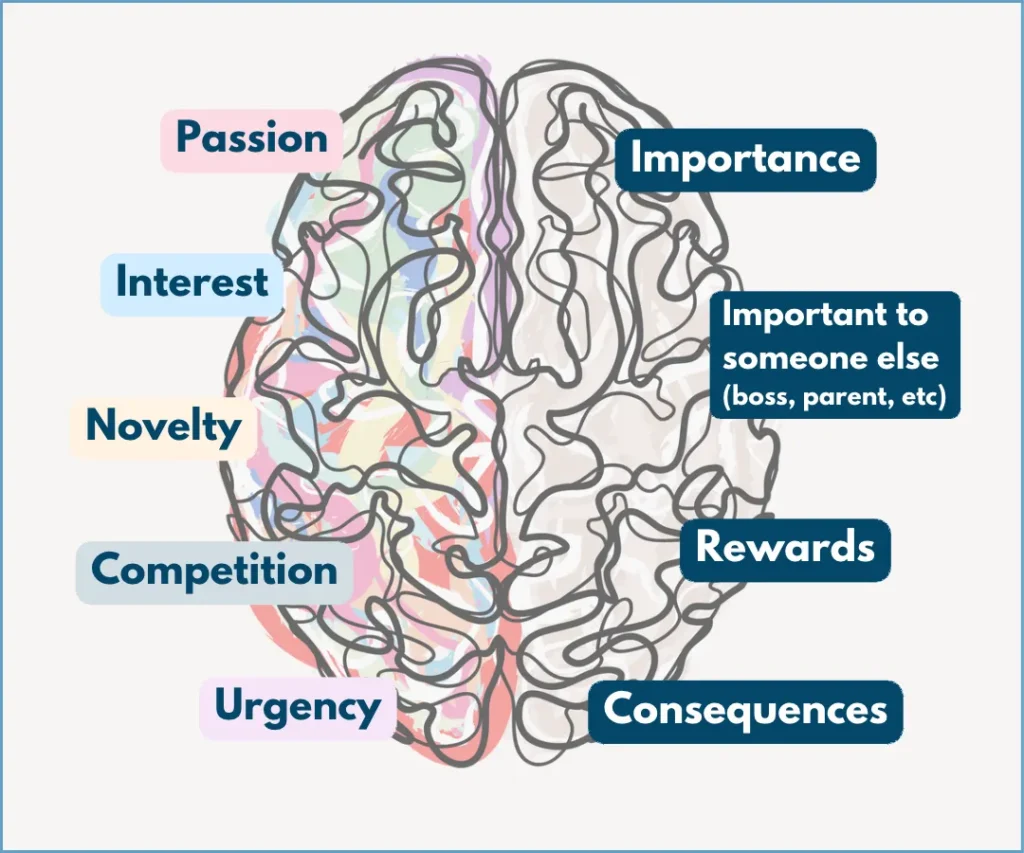
Most ADHD strategies fail because they are attempts to dress the ADHDer up as neurotypical. Systems and “ADHD Hacks” that try to get your system to operate in an importance-based mode often leave us feeling more frustrated and defeated. Strategies and practices that help us are the ones that encourage us to work with our system rather than against it.
To find practices that align with our nervous system, it’s helpful to remember the acronym PINCH (Passion or Play; Interest, Novelty, Competition or Cooperation, and Hurry). Here are some examples of what it might look like to work with your system
Play and Passion
Consider if you can make the task more fun or playful? Or can you align it with your passions and meaning? For example, while attending Princeton for graduate school, I was taking a hefty history class. Because I’m a visual learner and because I needed play, I started drawing the historical figures as paper dolls. I’d give them props to help me remember historical facts. I’m pretty sure I was the first Princeton graduate student to sit in their prestigious library drawing paper dolls!
Later when studying for my licensing exam to become a psychologist, I turned the information into visuals using a design tool (Canva) to get me engaged (and to help the concepts stick to my memory). Adding elements of play and passion, like incorporating your favorite hobbies or interests into the task, can help get your system engaged.
Some ways to inject play and passion include:
Dance and Clean: If you need to clean your house, put on your favorite music and dance while you clean. Tap into play energy to motivate you to do the hard thing.
Creative Projects: Incorporate colorful and fun materials like fancy pens or use design tools like Canva to make your project more interesting. Making the project more playful and visually engaging helps your brain engage.
Incorporate Play into Routine Tasks: Add elements of play into everyday tasks. For example, turn folding laundry into a game by timing yourself and trying to beat your previous record.
Gamify Tasks: Turn tasks into a game by assigning points for completing certain activities. For instance, give yourself points for each section of a project you complete and accumulate points to reach a goal.

- Use Fun Tools: Use colorful sticky notes, fancy pens, or unique stationery to make mundane tasks more enjoyable. The addition of these playful elements can make routine activities feel more engaging
- Clarify Meaning and Values: If you’re unsure what you’re passionate about, try value inventories like the VIA character strengths assessment or do a value card sort. These tools can help you understand your values (here’s a link to a free online value card sort). Once you have clarity, remind yourself how the task connects to your values.
Interest
Can you infuse interest into your project or task at hand? This is where my special interest ecosystems and associative brain have come in handy. If I can connect what I HAVE to learn to something I am interested in, I can more easily get engaged.
For example, when I was working on my doctorate in psychology, learning biology wasn’t innately interesting to me. However, I was fascinated by learning theory and health psychology. So, when I was learning about bio basics (neurotransmitters, etc.), I used my associative brain to consider their implications for those fields of interest.
Some ways to inject interest include:
Linking: Draw on associative thinking to link the task to a hobby or topic of interest.
Visualization: Use diagrams, drawings, or mind maps to make the project more visually interesting.
Real-world Applications: Think about how the information can be applied in real-world scenarios or problems you’re curious about.
Using Multimedia: Incorporate videos, podcasts, or interactive mediums that are of interest to you.
Exploring Tangents: Allow yourself to side-quest and explore related topics that pique your interest.
Combine Tasks with Interests: If you enjoy listening to music, audiobooks, or podcasts, pair these with routine tasks like cooking, cleaning or exercising to make the tasks more enjoyable.

Novelty
When something is new and exciting, it’s easy for us to engage. This is why “ADHD hacks” or systems often work for about a month before needing to be replaced. I often rotate through different projects to keep them novel. This works well when you have a lot of freedom around your schedule and projects.
When I’m struggling to get started on a task, I often begin with the most novel part. For me, this is creativity. When writing feels boring, I start with creating graphics. Creative design is more novel and engaging for me, and it helps kickstart my motivation. Novelty is excellent to infuse into our projects or help us get started.
Some ways to engage novelty include:
Engage the Sensory: Our sensory system is a powerful way to engage novelty. Struggling with body care? Use new personal hygiene products with different scents. For studying, use brightly colored pens, or unique textures.
Change Up Your Environment: Rearranging your workspace or adding new decorations can also stimulate your senses and make work feel fresh.
Creativity: Try incorporating different creative elements into your work, like using infographics, illustrations, or mind maps.
Learning New Skills: Introduce new skills or tools into your routine. This could be learning a new software program or how to use new supportive technology or experimenting with different techniques related to your projects.
Changing Scenery: Work in different locations to keep things interesting. Whether it’s a new coffee shop, a park, or a different room in your house, changing your environment can provide a sense of novelty.

Collaborating with New People: Collaborate with different people to bring in new perspectives and ideas. This can make projects feel fresh and stimulate your creativity.
Switching Mediums: If you usually work on a computer, try switching to paper for a while, or vice versa. Sometimes a simple change in medium can make a task feel new again.
Competition/Cooperation
I am always asking my spouse to compete with me. Unfortunately, he has an importance-based system and isn’t into such shenanigans. So, I often resort to self-competitions. For example, I’ll turn on a timer to see how many emails I can respond to or how much of a room I can clean within a set time. Cooperation and connection can also help us stay motivated. As a child, I couldn’t get myself to clean my room, but when my mom would come in and do it with me, I could finally engage in the task. Many of us can do hard things when in the presence of a supportive person!
Some ways to activate competition and cooperation include:
Body Doubling: Having someone else present while you work can help keep you accountable and focused. This could be a friend, family member, or even a virtual buddy working on their tasks at the same time.
Time-bound Challenges: Set short, timed challenges for yourself. For example, see how much you can accomplish in 20 minutes, then take a break and switch tasks. This can make the task feel like a game and add a sense of urgency.
Beat the Timer: This is especially great if you or your child struggles with mornings. Turn routine tasks into a race against the clock. For example, see if you can get dressed, eat breakfast, and pack your bag before a certain song finishes playing.
Group Challenges: Engage in group challenges with friends or colleagues. Set collective goals and track each other’s progress. This can add a social and competitive element to your tasks.

Accountability Partners: Pair up with someone who has similar goals. Check in with each other regularly (text photos or status updates or other visual forms of accountability) to share visual progress and provide encouragement. This can both boost motivation and create a sense of shared purpose and connection.
Progress Tracking: Use visual aids like charts or graphs to track your progress. Seeing your achievements visually can create a sense of competition with yourself to keep going.
Hurry (Urgency)
The final motivator is hurry. Urgency kicks us into stress mode and alerts us, providing a burst of motivation to get things done. However, relying too heavily on urgency can be hard on our nervous system, so it’s best to develop strategies that tap into other motivators to avoid overusing this one.
Here are a few ways to create a sense of urgency without overwhelming your system:
Body Doubling: Having someone else present while you work can help keep you accountable and focused. This could be a friend, family member, or even a virtual buddy working on their tasks at the same time.
Time-bound Challenges: Set short, timed challenges for yourself. For example, see how much you can accomplish in 20 minutes, then take a break and switch tasks. This can make the task feel like a game and add a sense of urgency.
Beat the Timer: This is especially great if you or your child struggles with mornings. Turn routine tasks into a race against the clock. For example, see if you can get dressed, eat breakfast, and pack your bag before a certain song finishes playing.
Group Challenges: Engage in group challenges with friends or colleagues. Set collective goals and track each other’s progress. This can add a social and competitive element to your tasks.

Other Tips for Working with Your ADHD Nervous System
One key insight from Dr. Dodson is the importance of tracking your motivation. You can use your phone or a notebook to jot down when you feel engaged and motivated, noting what you were doing and the context. After a few weeks, patterns will emerge, helping you identify your key motivators. For instance, you may notice that cooperation is a huge motivator for you but novelty and competition not so much. Once you have insight into the ones that make you tick you can start building in more practices that support them.
Many of us have lost self-trust and a sense of agency due to the numerous force-based approaches we’ve taken to manage our ADHD; but, understanding and embracing your interest-based nervous system can help rebuild. When we align with and support our natural rhythms and work with our innate motivational drivers, we can not only accomplish more, as we also increase our self-trust and sense of agency. By working with our unique motivational system rather than against it, we foster a more positive relationship with our tasks and ourselves.
Summary
Having an interest-based nervous system means the things that motivate us toward action are a bit different from the norm. This can lead to a mismatch between our wiring and the world we navigate, and when not understood, can result in shame, low self-esteem, and burnout. The more we understand what motivates us and build in practices that support our organic motivation, the more we can live generative, creative, and expansive lives that are resilient to burnout.
As Dr. Dodson advises, “Accept that it is your lifelong job to manage your engagement with the tasks of your life.” Know your personal passions and motivators that you can use to get yourself engaged and use your imagination to create situations of interest, challenge, novelty, and urgency. By embracing these strategies, you can align your natural motivators with your daily tasks, fostering a life that aligns with your natural rhythms and drivers.
References
Dr. William Dodson, HOW ADHD SHAPES YOUR PERCEPTIONS, EMOTIONS & MOTIVATION, Presentation. Retrieved from: https://adhd.dk/wp-content/uploads/sites/2/2022/05/Dodson-How-ADHD-Shapes-Your-Perceptions-Emotions-.pdf

